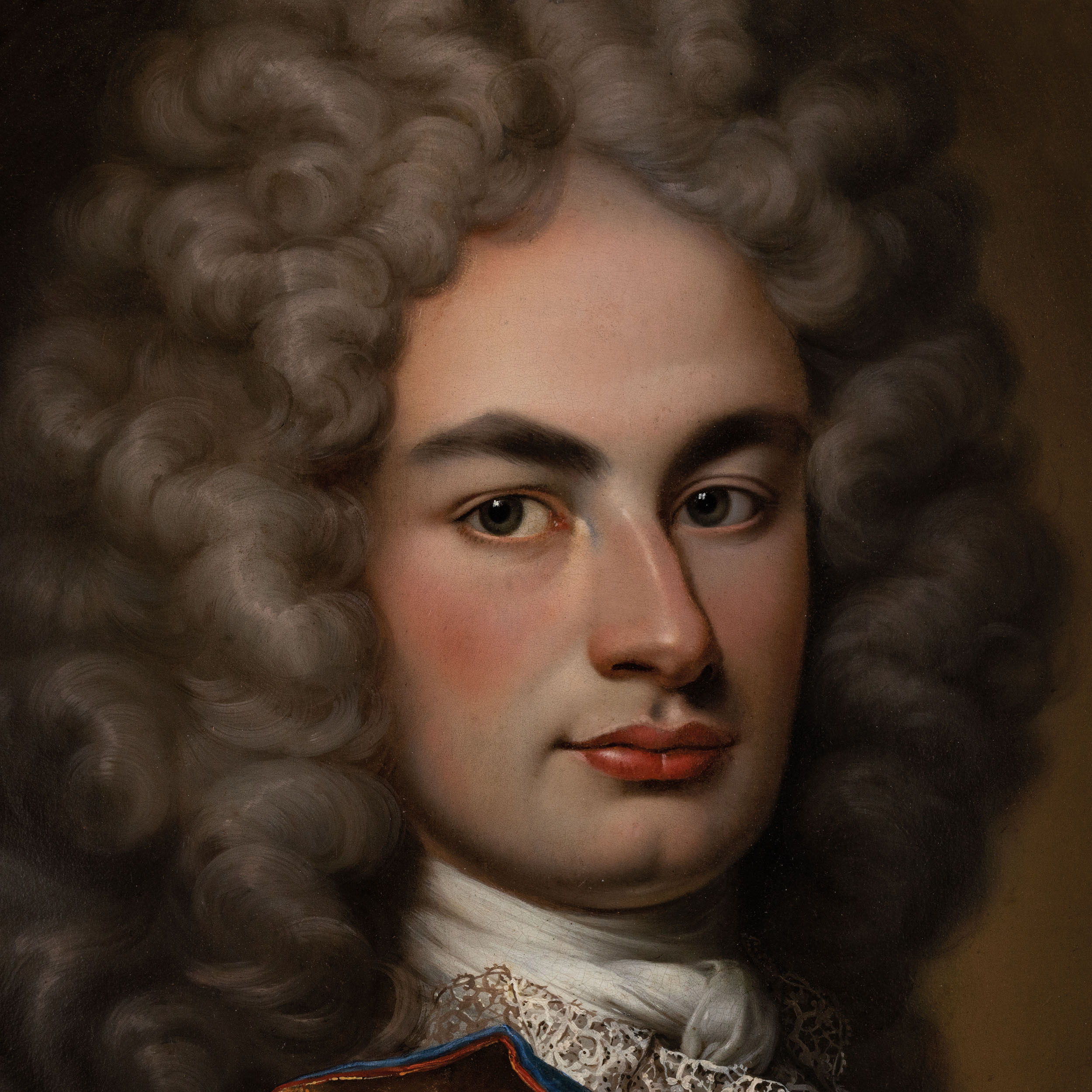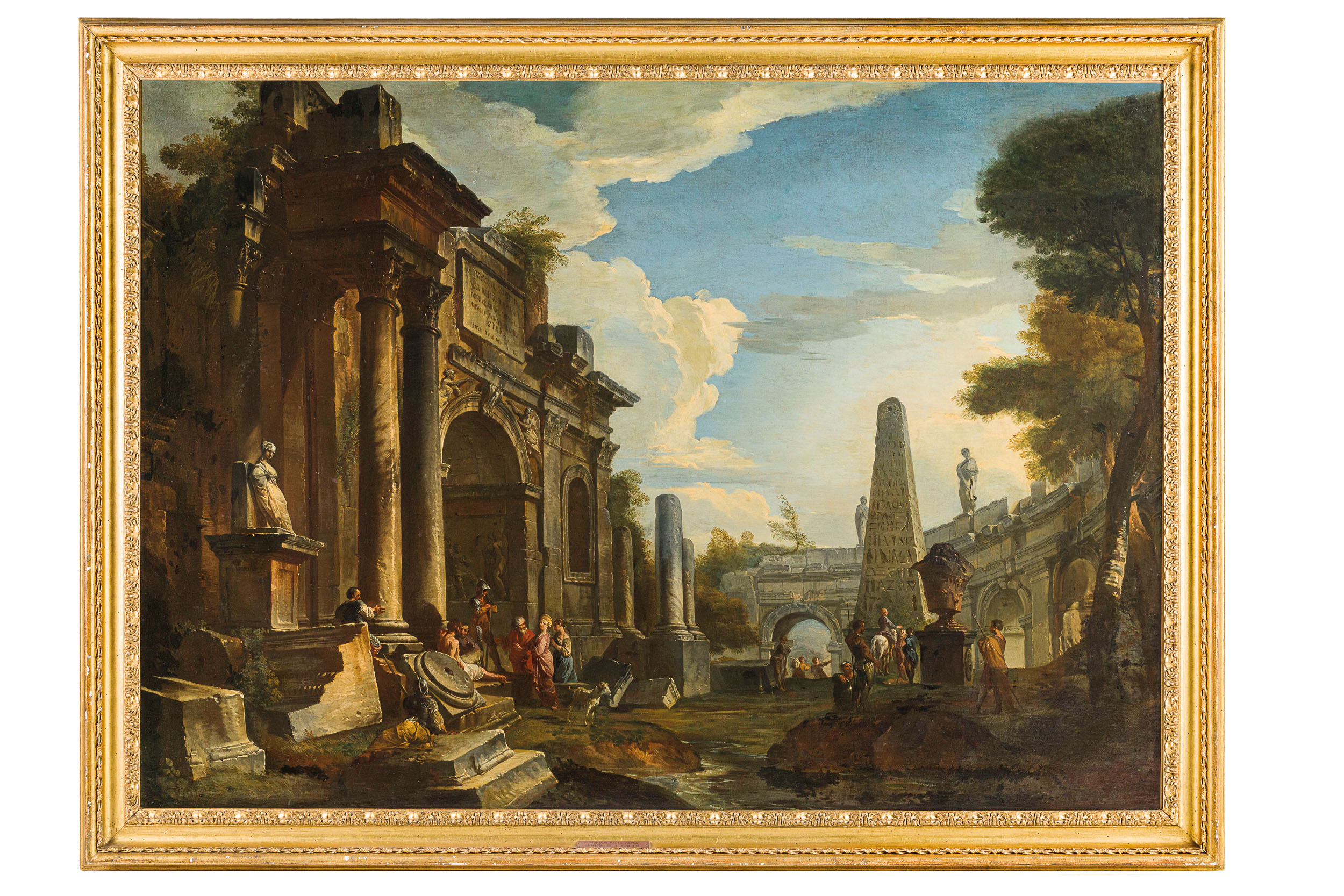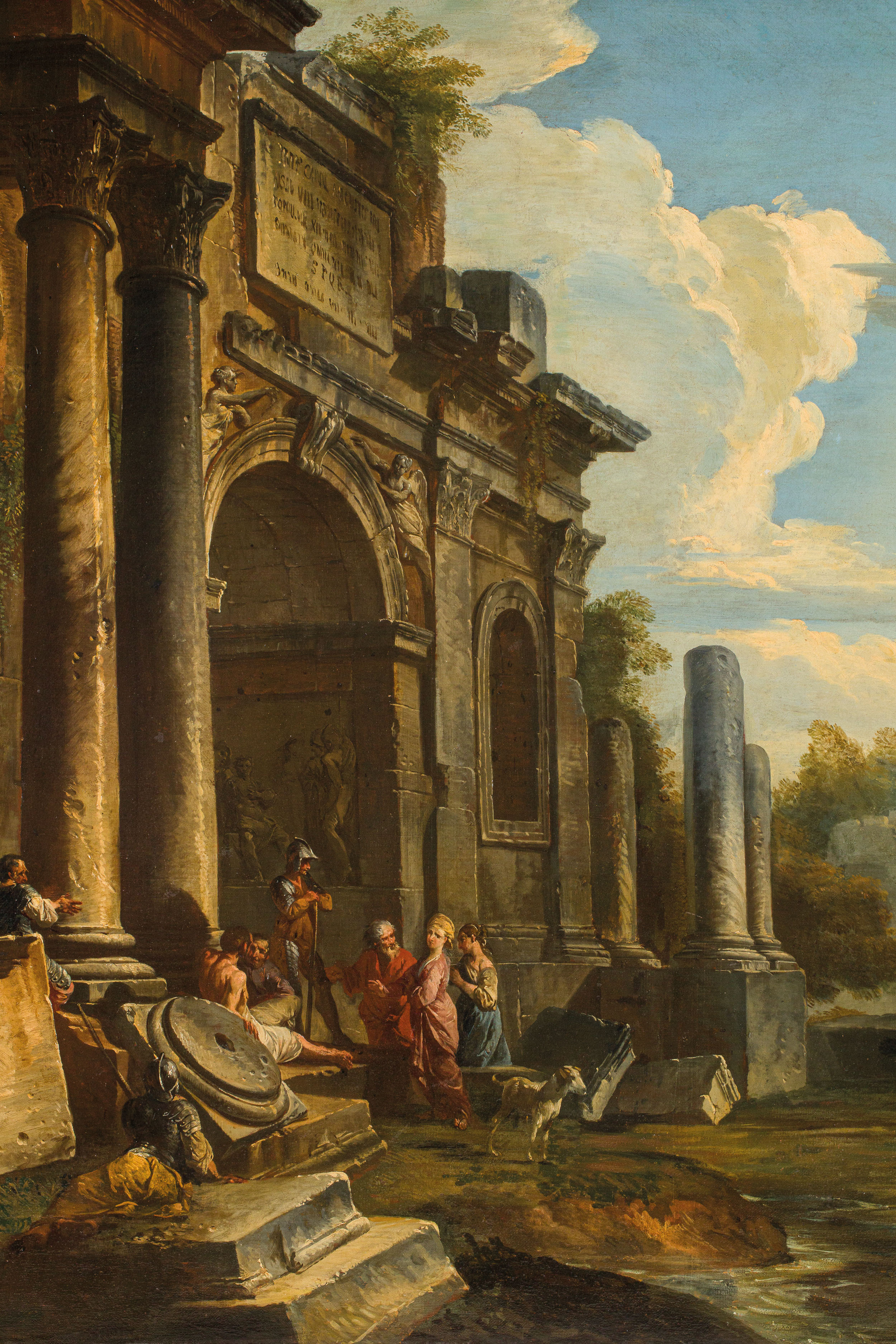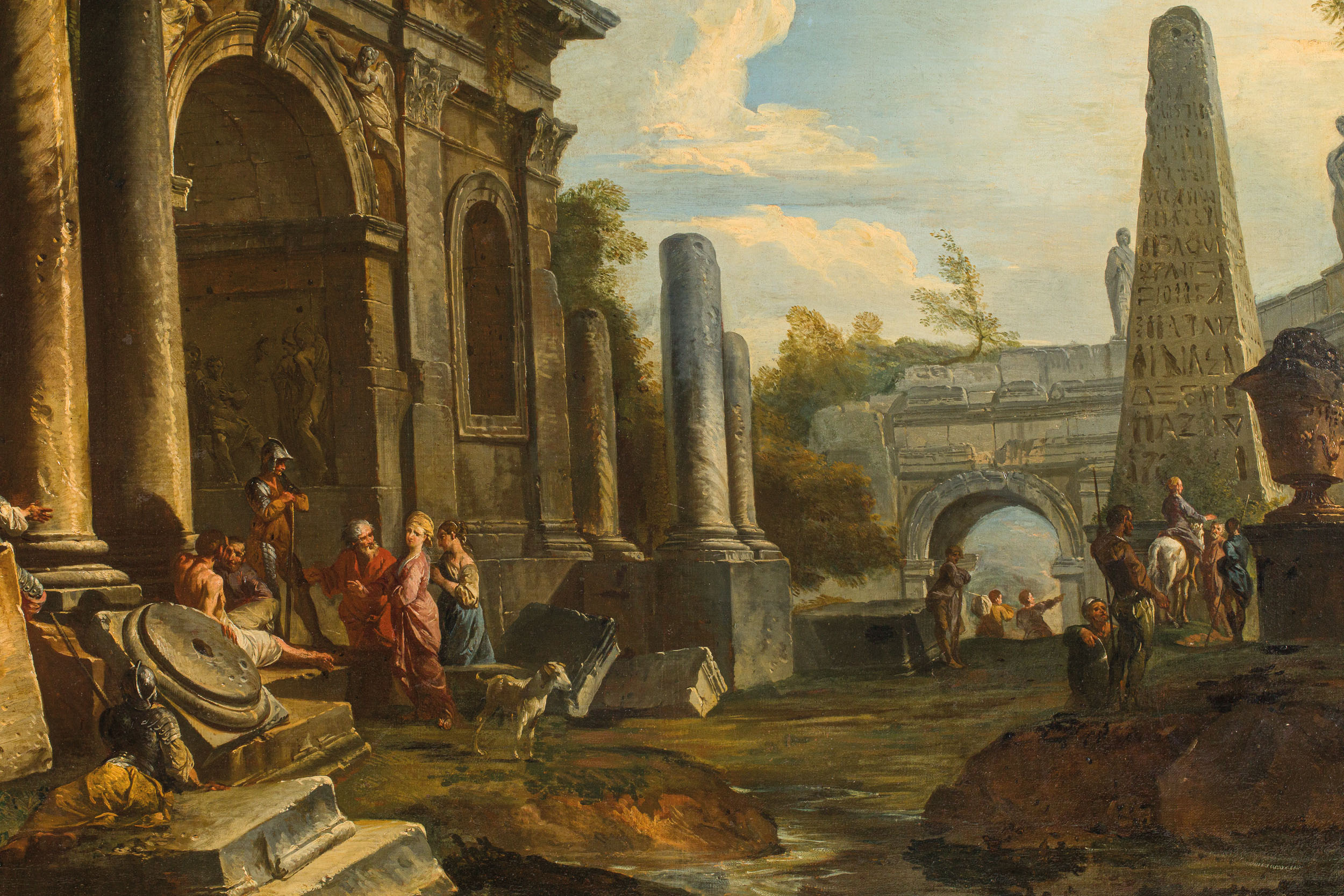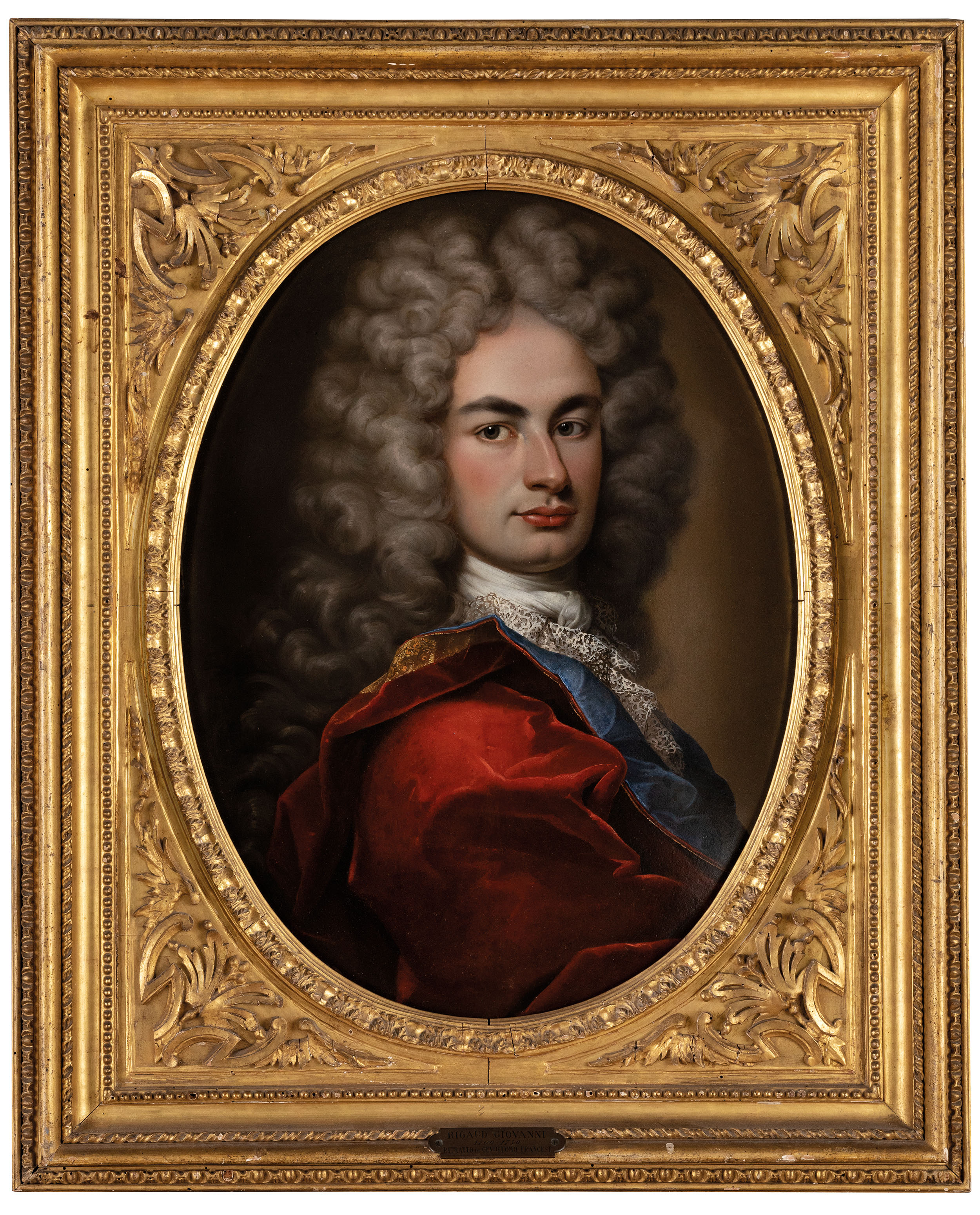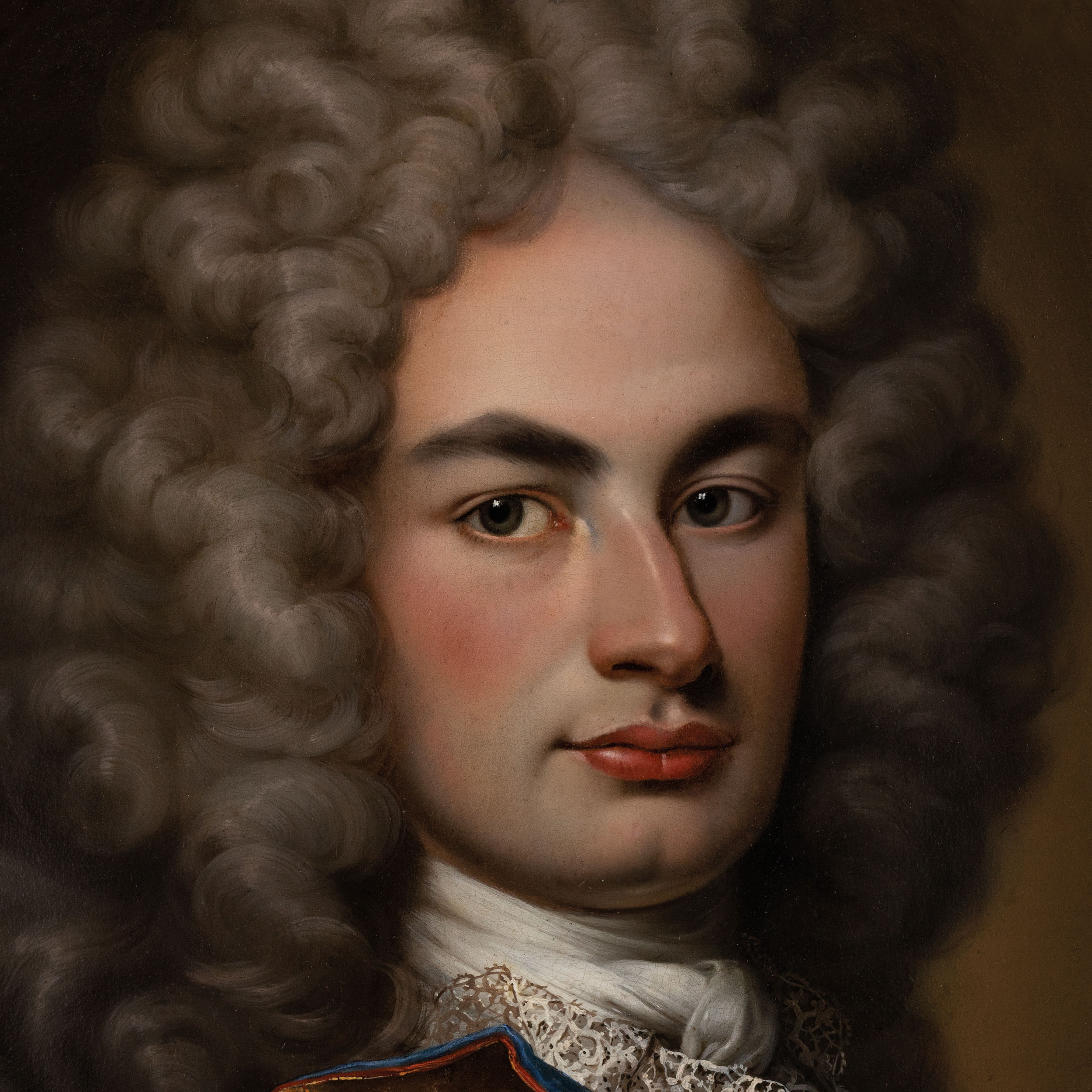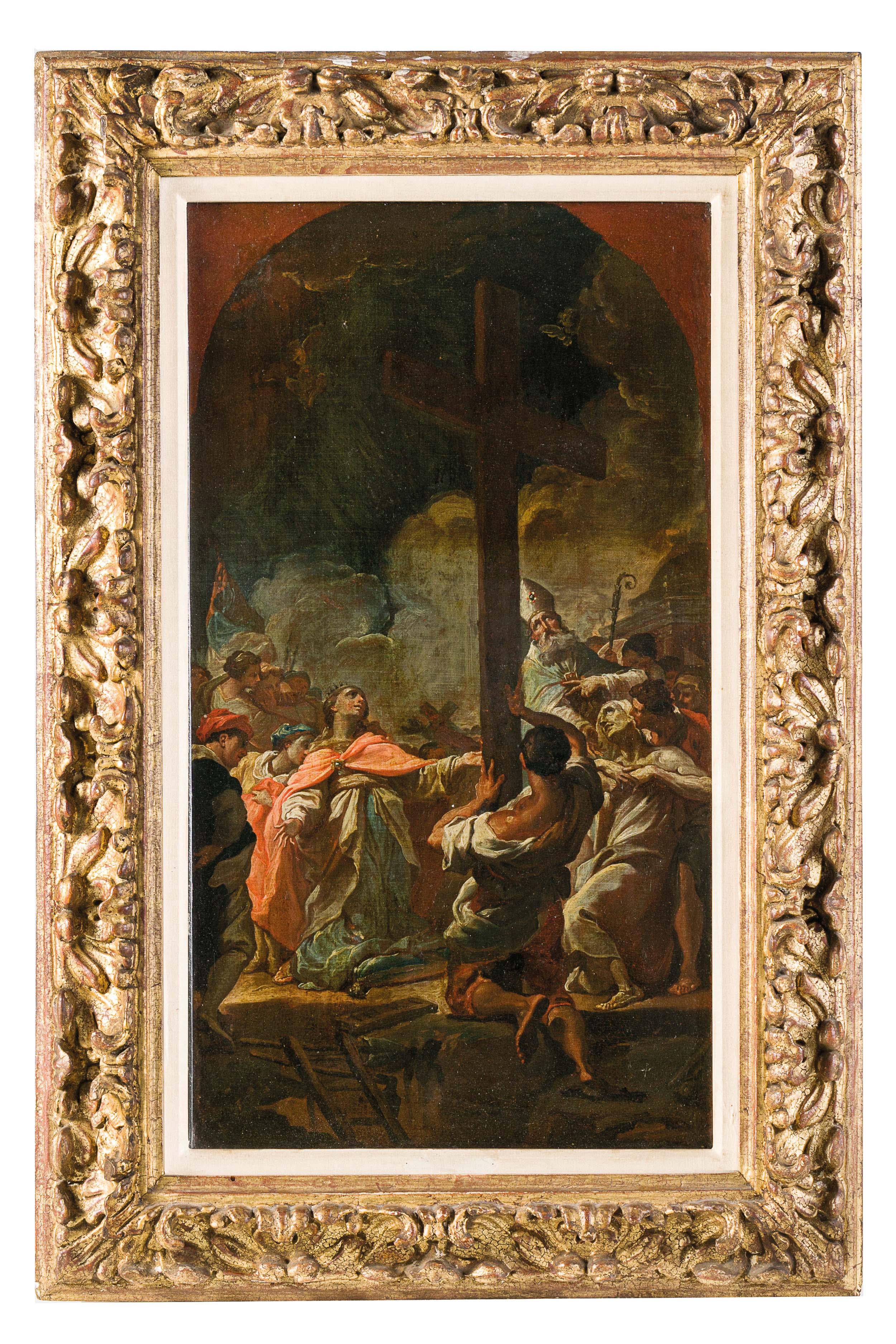Capriccio is a term coined at the end of the Renaissance and has, according to dictionaries, two different meanings with one point in common. Capriccio was a movement of the soul, or more precisely, a subdued excitation of the imaginative faculty that gave rise to any variety of mental images. However, from a pictorial point of view, there is no doubt that the genre developed in Rome during the first decades of the 17th century and found inspiration through the ruins of the classical age. While the antecedents can be found in the works by Viviano Codazzi and Giovanni Ghisolfi, there is no doubt that it was Giovanni Paolo Panini who ennobled these peculiar creations with an extraordinary landscape and archaeological bent.
The painting with the “Capriccio architettonico di Roma con arco, obelisco, esedra e figure”, which will be auctioned in the Genoese auction of Old Masters Paintings on 30 November 2022 (lot 319, estimate €80,000 – 120,000), is exemplary in this sense, due to its evident scenic impact, the cultured citations from antiquity and the chromatic tones that best model the volumes, according to the best parameters expressed by the artist. After arriving in Rome in 1717, Panini conceived extraordinary views of the Urbe and sumptuous architectural Capricci, achieving extraordinary collector’s success. His qualities are clearly perceptible when observing the variety of attitudes and gestures of the figures, the luminosity of the sky and the care in describing the details of the buildings and ruins, conducted with admirable fluency. An early dating, at the beginning of the third decade, is confirmed by the chromatic tones and chiaroscuro with which the architectures are characterised, as are the figure pieces, which find analogy with those of Benedetto Luti. Observing the canvas, we can see that the arch features winged figures precisely to delimit the fornix as found in the triumphal arches of Titus, Septimius Severus and Constantine, showing the dedicatory epigraph on the attic.
Another peculiar element of the view is the Egyptian obelisk visible on the right, an archaeological reference, but also an element of street furniture of which Rome has countless examples. These monoliths were partly transported to the Urbe from the time of Augustus after the conquest of Egypt at the Battle of Actium in 31 BC, but not a few were made in imperial times and had hieroglyphics copied on them. It should be recalled that from the pontificate of Sixtus V onwards, the repositioning of ancient obelisks to magnify the power of the Church and the papacy was programmatically carried out, and in Panini’s time they were highly prized by antiquity enthusiasts. One can therefore reiterate the importance of this masterpiece as one of the artist’s most important, when he began to express his own pictorial autonomy by now fully freed from the examples of the Bibiena and able to conduct a ‘ Fare Grande’, renewing Ghisolfi’s examples.
A valuable Ritratto di gentiluomo by Antonio David (Venice, 1680 – 1737) from around 1730 (lot 318, estimate €7,000 – €9,000), traced back to his hand by Alessandro Agresti, and to be considered as a valuable and rare addition to the painter’s catalogue, due to its remarkable aesthetic value and excellent conservation.
When he is in Rome in 1686, his fame is documented by the prestige of his patrons and the extraordinary success of his work in the Eternal City. His patrons were the papal court, Cardinal Francesco Acquaviva d’Aragona, the Colonna, Corsini, Farnese, Patrizi and Sacchetti families, but the list also includes the great names of the European aristocracy, especially the Stuarts who, in exile in Rome, chose David as their official painter in 1717, opening the doors of English patronage to him. His painting is very close to that of Giovan Battista Gaulli known as Baciccio (1639-1709), although the refinement and early Rococo chromatic intonation, attentive to the pose of the effigies and the rendering of the garments, scrupulously paying attention to the details of the fabrics and lacework. It leads him to achieve a subtle classicism that we will find later in the works of Pompeo Batoni.
Exciting is the sketch by Ubaldo Gandolfi (S. Matteo della Decima, 1728 – Ravenna, 1781), depicting “Il ritrovamento della Vera Croce”, which Donatella Biagi Maino indicates as a preparatory study for the altarpiece made in 1775 for the church of Sant’Eusebio in Vercelli, probably commissioned by Monsignor Giuseppe Maria Langosco di Stroppiana (lot 299, estimate 25,000 – 35,000 euro).
The work best documents the painter’s talent, capable of renewing the Emilian tradition by combining it with the Venetian influences of Sebastiano Ricci, Giovanni Battista Tiepolo and Giovanni Battista Piazzetta, with results of highly effective illustrative oratory. A pupil of Felice Torelli and Ercole Graziani, Ubaldo Gandolfi began his career at the end of the fifth decade and also attended the Accademia Clementina in those years, revealing a specific focus on the examples of Carracci and Guercino. In the 1760s, after studying in Florence and Venice, his production revealed a clear change in taste, also influenced by his brother Gaetano, also documented in the lagoon city in 1760. In this work by Ubaldo Gandolfi, his extraordinary scenic effectiveness is fully revealed, as theatrical and baroque, in which he displays his vast and heterogeneous artistic culture.

